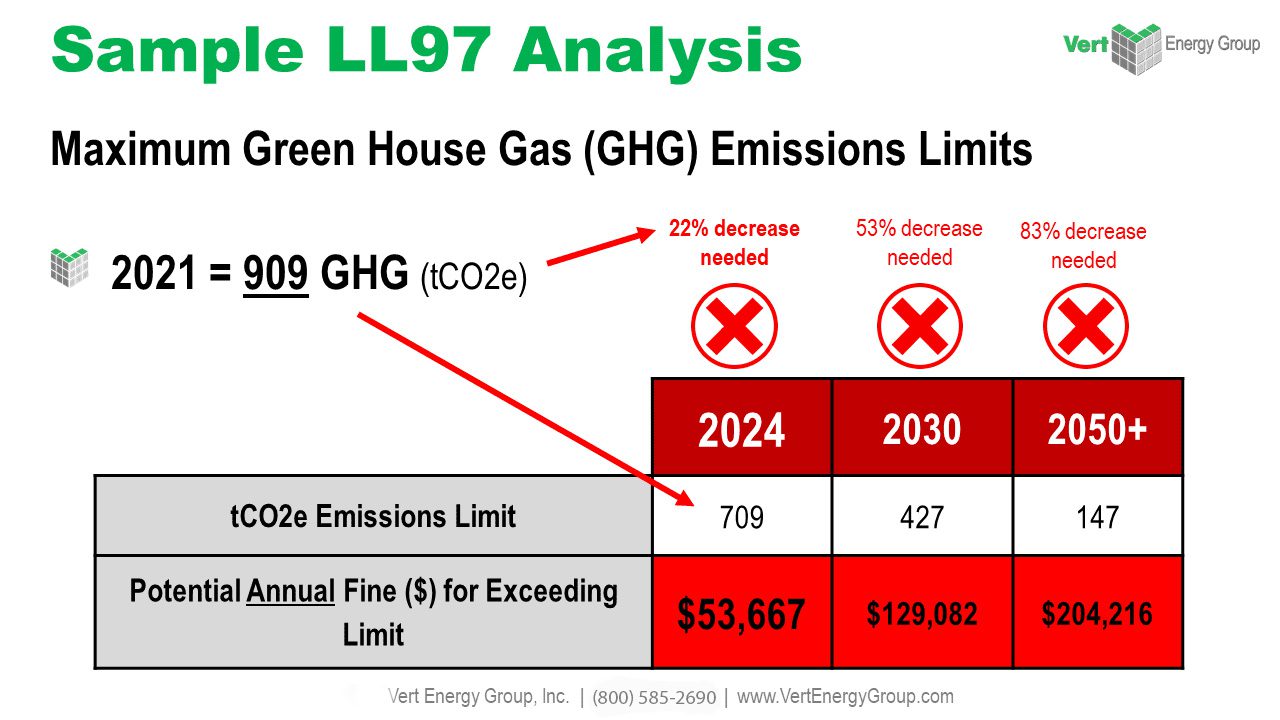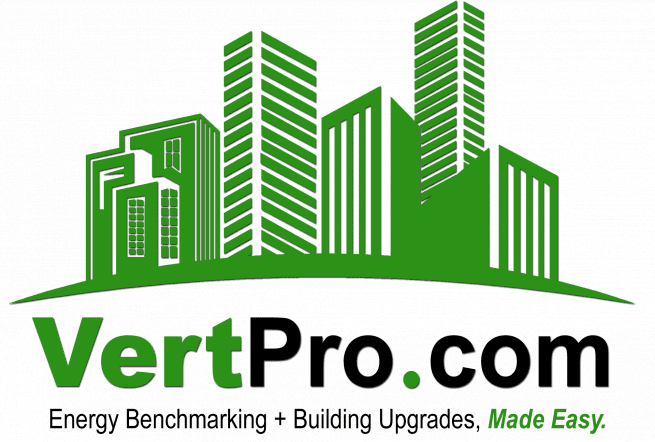Elevating Efficiency: Future-Forward Energy Solutions
Join us as we dive into the evolving energy efficiency landscape, where legislation and innovation intertwine to pave the way for a greener future. We explore the strategic measures for sustainable retrofitting and how Proptech is revolutionizing green buildings and energy management. With an eye on advanced data analytics, we focus on pioneering the sustainability journey, ensuring that the energy solutions of tomorrow are seeded in today. February’s focus on "Elevating Efficiency," brings insights that empower property owners and managers to harness future-forward energy solutions—because the future is not just approaching - it’s already here!
Amidst the accelerating climate crisis, the push for energy efficiency has become a seismic force shaping the policies that govern our buildings and cities. As we step into 2024, property owners and managers must remain vigilant, anticipating the next wave of energy efficiency legislation that promises to redefine industry standards.
This year, we’re on the cusp of witnessing a surge in stringent laws aimed at reducing carbon footprints and enhancing performance. The focus is shifting from simple compliance to proactive transformation, demanding energy optimization at every level. States and municipalities are looking beyond current Energy Star standards, propelling the market toward the adoption of advanced green technologies and practices.
The anticipated legislation may well encompass broader scopes, such as incorporating the lifecycle analysis of materials, mandating the integration of renewable energy sources, and accelerating the electrification of heating systems. Experts suggest that the forthcoming regulations could set ambitious targets for net-zero carbon emissions and require regular, transparent reporting of energy consumption and savings. For property owners and managers, preparation is key. It starts with an energy audit—a systematic approach to understanding energy flows and identifying areas for improvement. Investing in smart meters and sensors not only facilitates meticulous energy tracking but also opens doors to real-time energy management and predictive maintenance.
Building automation systems (BAS) are also coming to the forefront, streamlining control over lighting, HVAC, and other systems to ensure optimal performance. The IoT not only drives efficiency but also equips owners with the data needed to make informed decisions and meet legislative benchmarks effortlessly.
In addition, education on energy conservation and operational best practices among tenants and staff can substantially contribute to achieving and surpassing the regulatory requirements. Owners should seek to create a culture of sustainability that aligns with future legislative visions.
Furthermore, keeping abreast of local, state, and federal incentives for green upgrades can provide financial relief and encourage swift adoption of the necessary changes. These incentives often ease the initial capital investment burden of adopting energy-saving technologies and sustainable materials.
Navigating this shifting landscape will also require robust partnerships with solution providers like VertPro®, which help streamline compliance through intuitive platforms and strategic planning tools.
As we brace for these comprehensive changes, the mantra for property stakeholders remains clear: Adapt and excel. It’s not only about future-proofing assets against incoming legislation but striving to be industry vanguards in a world ever more focused on sustainability.
The future of energy efficiency is unfolding today, and it brings with it a spectrum of opportunities for those ready to embrace change. With concerted efforts and strategic foresight, property owners and managers can transform these legislative challenges into milestones for a sustainable and profitable future.
Property owners contemplating green transitions must approach the process with a strategic mindset that balances cost, impact, and long-term benefits. Here are practical steps to guide you through such a transition:
Energy Audit: Begin with a comprehensive energy audit to identify inefficiencies and prioritize interventions. Pinpoint areas where energy is wasted and establish a baseline for improvements.
Up-to-Grade Technology: Invest in modern heating, ventilation, and air conditioning (HVAC) systems, energy-efficient lighting, and appliances that bear the ENERGY STAR or equivalent certification. These upgrades can significantly reduce energy consumption.
Insulation and Sealing: Enhance thermal integrity through improved insulation and sealing of leaks. This reduces the strain on temperature control systems, leading to noticeable energy savings.
Renewable Energy Sources: Consider harnessing solar, wind, or geothermal energy. This can offset reliance on traditional energy grids and may qualify for incentives such as tax credits or rebates.
Water Conservation: Implement low-flow fixtures and smart irrigation systems. Water efficiency contributes to energy savings, particularly in heating and treatment.
Monitoring Systems: Install smart meters and building management systems for real-time energy monitoring and control. This tech-forward step ensures ongoing optimization and the ability to react swiftly to any issues.
Tenant Engagement: Engage occupants in the retrofitting journey. Educate them about energy-saving practices and the benefits of retrofitting, fostering a collective effort toward sustainability.
Maintenance: Establish a regular maintenance schedule for all systems. Well-maintained equipment operates more efficiently and has a longer lifespan.
Certification and Recognition: Aim for sustainability certifications, such as LEED or WELL, which can validate your efforts and possibly attract tenants who prioritize environmental responsibility.
By following these strategic steps, property owners can navigate the retrofitting process effectively, transforming their properties into paragons of energy efficiency and eco-friendliness. Transition to a green building not only supports compliance with emerging legislation but also demonstrates a commitment to a sustainable future, potentially leading to financial savings and increased property value over time.

The infusion of Property Technology (Proptech) into the fabric of green buildings has been a game-changer in the real estate sector. At the crux of this transformation lies the objective to enhance energy efficiency and create more sustainable living spaces. Proptech serves as the bridge between aspiration and reality, unlocking smarter energy management through innovation.
At the forefront are Building Information Modeling (BIM) systems that allow for the detailed virtual construction of properties. BIM supports eco-friendly design by enabling architects and engineers to integrate energy-saving features and renewable energy systems right from the planning stages. These digital twins of physical buildings foster a deeper understanding of how structures will perform in various conditions, facilitating data-driven decisions that promote energy conservation.
Another significant stride in PropTech is the use of Internet of Things (IoT) devices. Smart sensors and meters installed throughout a building collect data on energy usage, occupancy patterns, and environmental conditions. This IoT network feeds into intelligent Building Management Systems (BMS) which, through machine learning algorithms, can autonomously control heating, cooling, lighting, and other systems, ensuring operations are at peak efficiency.
The capabilities of PropTech stretch further into the energy realm with the integration of advanced photovoltaic materials into the building facades and windows, generating power while seamlessly blending into the architecture. Additionally, battery storage technologies and smart grids enable buildings to store excess energy and manage supply and demand, reducing dependence on traditional energy sources and contributing to a more resilient grid.
Furthermore, cloud computing allows for the aggregation and analysis of vast amounts of data across properties, leading to insights that drive improvements in energy management on a portfolio-wide scale. Through cloud-based platforms, property owners can track energy performance in real-time, compare benchmarks, and make informed decisions about when and where to invest in energy-saving measures.
By embracing PropTech, the green building movement is not just about reducing carbon footprints; it’s about building an ecosystem that is as intelligent as it is sustainable. The convergence of these technologies promises a future where energy management is not an isolated concern but an integrated aspect of the real estate industry’s DNA. As green buildings evolve, PropTech stands as the catalyst, ensuring energy management is smarter, more efficient, and more accessible.
The quest for energy efficiency has catapulted advanced data analytics to the forefront of property management. As energy benchmarking becomes more sophisticated, it is revolutionizing how property managers optimize for sustainability and operational excellence.
Advanced data analytics turns the voluminous streams of energy usage information into actionable insights. Through sophisticated algorithms, property managers can dissect energy consumption patterns at granular levels, distinguishing between base load, seasonal, and variable usage. This granularity provides a clear picture of where and when energy is consumed, and more importantly, where it can be conserved.
The integration of predictive analytics into energy management systems marks a significant leap in benchmarking. By analyzing historical data alongside real-time inputs, these systems can forecast future energy needs with remarkable accuracy. This foresight enables proactive adjustments to energy consumption, aligning it more closely with actual building occupancy and usage trends, leading to considerable cost savings and environmental benefits.
Artificial intelligence (AI) and machine learning (ML) further enhance benchmarking by continuously learning from data to identify anomalies, inefficiencies, or opportunities for improvements. AI can automate the detection of equipment faults or suboptimal performance, prompting timely maintenance before these issues escalate into significant energy wastes or costly repairs.
Additionally, data analytics facilitates the comparison of a building’s performance against similar properties or industry standards. This benchmarking is invaluable for property managers aiming to achieve certifications such as ENERGY STAR or LEED, as it identifies both areas of excellence and those requiring attention.
The capability to process and visualize energy data through intuitive dashboards empowers property managers to engage with their energy performance data actively. They can share these insights with stakeholders, fostering a culture of energy consciousness and collective responsibility.
Advanced data analytics does not merely enhance the precision of energy reporting; it transforms energy benchmarking into a dynamic tool for strategic decision-making. It equips property managers with the knowledge to optimize energy use, reduce costs, and minimize their environmental footprint, propelling their properties into the next era of energy efficiency.
From Black Gold to Green Power – The Energizing Shift of the Ages
Fossil fuels have been the world’s powerhouse since the Industrial Revolution, with coal, oil, and natural gas shaping economies and lifestyles. Here’s a lesser-known fact: the first commercial oil well wasn’t tapped until 1859, yet by the late 20th century, fossil fuels were providing a staggering 80% of global energy.
Despite their prevalence, fossil fuels have a finite presence. It’s estimated that at current consumption rates, oil reserves could be depleted within the next 53 years. Such facts underscore the urgency of the global shift towards renewable sources.
In recent years, advancements in renewable energy technology have begun to tilt the scales. Solar energy, for instance, has seen photovoltaic cell efficiency increase from a modest 6% in the 1950s to over 22% in today’s market. Wind energy, too, has soared, with a single wind turbine now able to power up to 1,400 homes.
The transition is also reflected in employment: the renewable energy sector employed 11 million people worldwide by 2019, signaling an economic and environmental shift. As we continue to champion sustainability, the once unimaginable idea of a world powered by the wind, sun, and sea moves closer to reality.
In the heart of February, a time traditionally reserved for tokens of love and grand romantic gestures, we find a profound opportunity to court an often-overlooked suitor: our planet. As we pen love letters and indulge in the spirit of Valentine’s Day, let’s extend this affection to the environment by committing to sustainable practices and energy-efficient choices.
Much like a budding romance that requires nurturing and thoughtful attention, our relationship with the Earth thrives on gentle care and respect. Energy sustainability is a love language that speaks volumes, expressing a deep regard for the well-being of future generations and the health of our ecosystems.
Adopting sustainable habits is akin to writing a sonnet for our surroundings—each action, a line composed with intention; every sustainable choice, a verse that resonates with the rhythm of conservation. Opting for public transportation over solo car rides, supporting local green businesses, or embracing renewable energy sources—these are the stanzas of an ode to sustainability. By choosing LED lighting, programmable thermostats, or energy-efficient appliances, we are making promises to our environment and vows to uphold its sanctity and vitality.

The courtship with our environment does not demand grandiose displays; it flourishes on the steady stream of daily decisions that favor conservation over convenience. Whether it’s reducing water waste or recycling with diligence, each small gesture is a token of our affection, a commitment to a long-term, sustainable relationship.
This February, as we celebrate love in its many forms, let’s rekindle our romance with the environment. Let’s pledge to be faithful stewards of the Earth, holding its treasures with the tenderness of a love-struck admirer. As we shower our loved ones with affection, let’s not forget the home that nurtures us all, ensuring that our valentine to the planet is a sustainable one.
For in the pursuit of energy sustainability, we find the purest form of love—a love that’s selfless, enduring, and evergreen. It’s a romance that isn’t just for a month or a season but a lifelong journey of cherishing and protecting our greatest amour: the Earth.

















